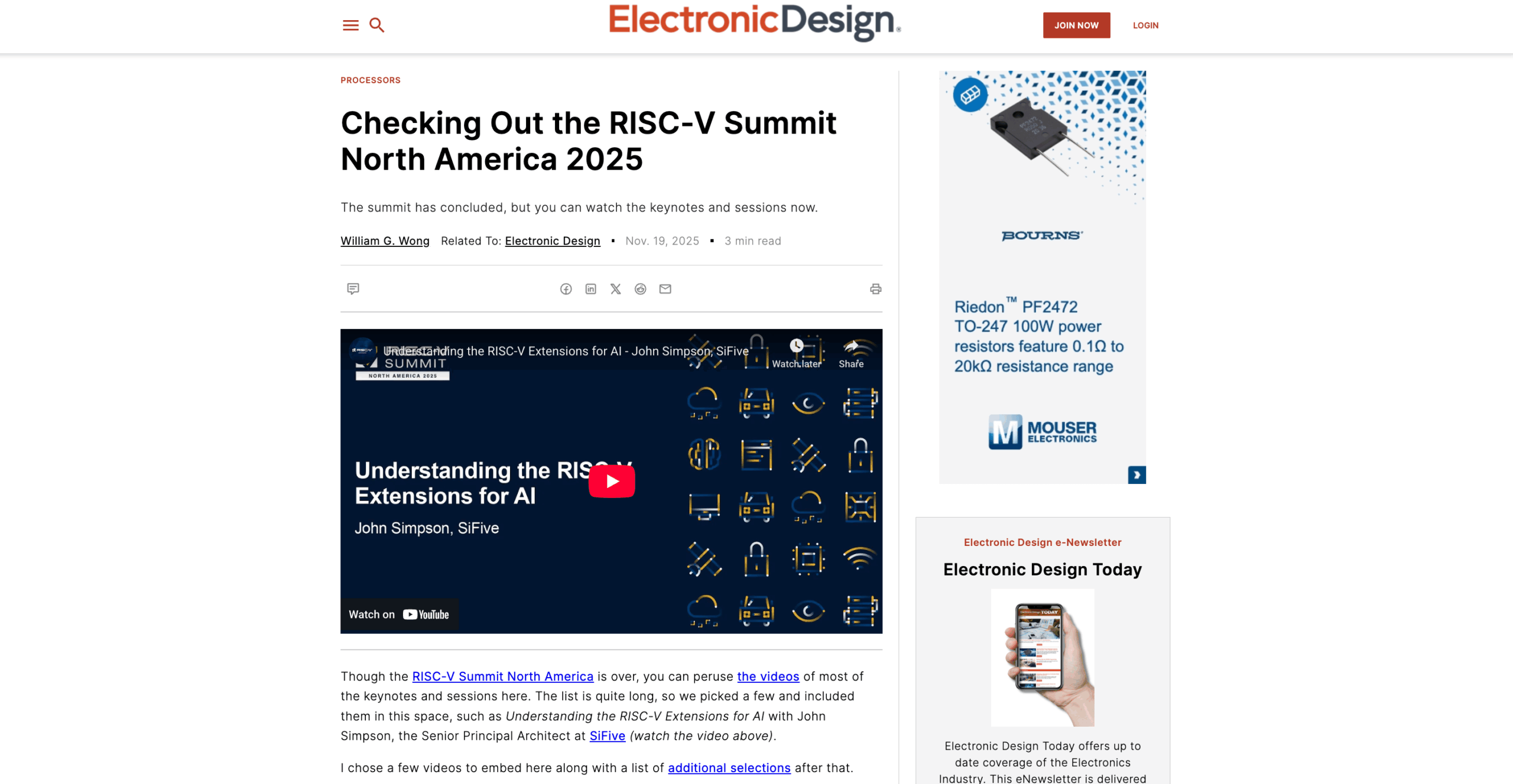SoC project effort in terms of cost and time for a mature, mainstream processor IP core. But the processor IP business model is based on one-size-fits-all, which allows chip companies to amortize NRE (non-recurring engineering) across many projects. RISC-V implementations tend to be smaller and more customized, and in many cases significantly different from one project to the next. Read the full article[/vc_column_text][/vc_column][/vc_row]]]>



